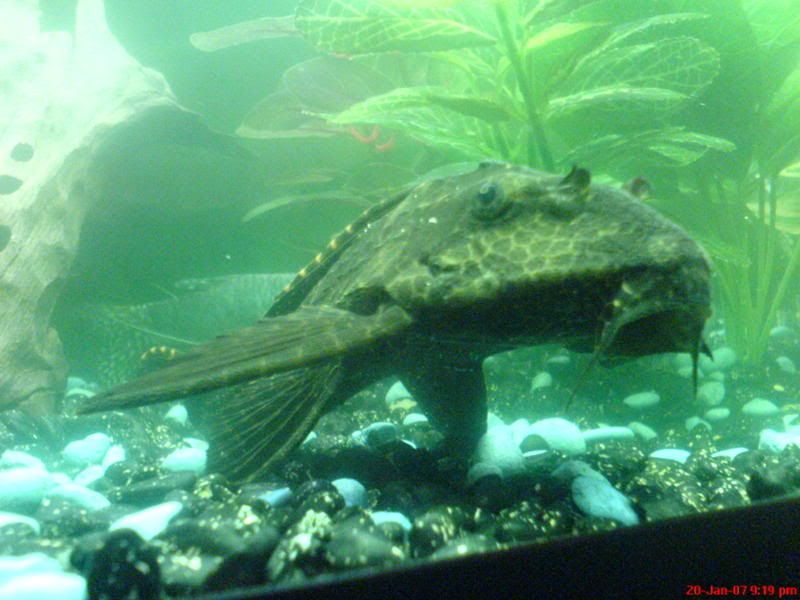Technically, it's NOT a
Plecostomus (and never has been). But any brown, relatively non-descript, large pleco is often called "Common pleco" and thus be sold under the name of "Plecostomus" in shops that don't use exact or upto-date scientific names (I've certainly seen
Liposarcus pardalis, which is another "common pleco" sold under the incorrect identification of "Hypostomus plecostomus").
Synonyms (old scientific names that are currently not used) for this particular species are
Ancistrus gibbiceps and
Liposarcus alitpinnis.
The "original" common pleco is indeed what is now called
, and this is also the only species with that species-name.
Just to confuse matters further, there also used to be a plecostomus genus, which at one point or another has contained a total of 107 distinct names. All of these are now replaced with other names (most of which are Hypostomus, but several other genera are also represented in this old genus). Obviously, any of these 107 species could be said to be "Plecostomus", but it wouldn't be the current name for them.
--
Mats

